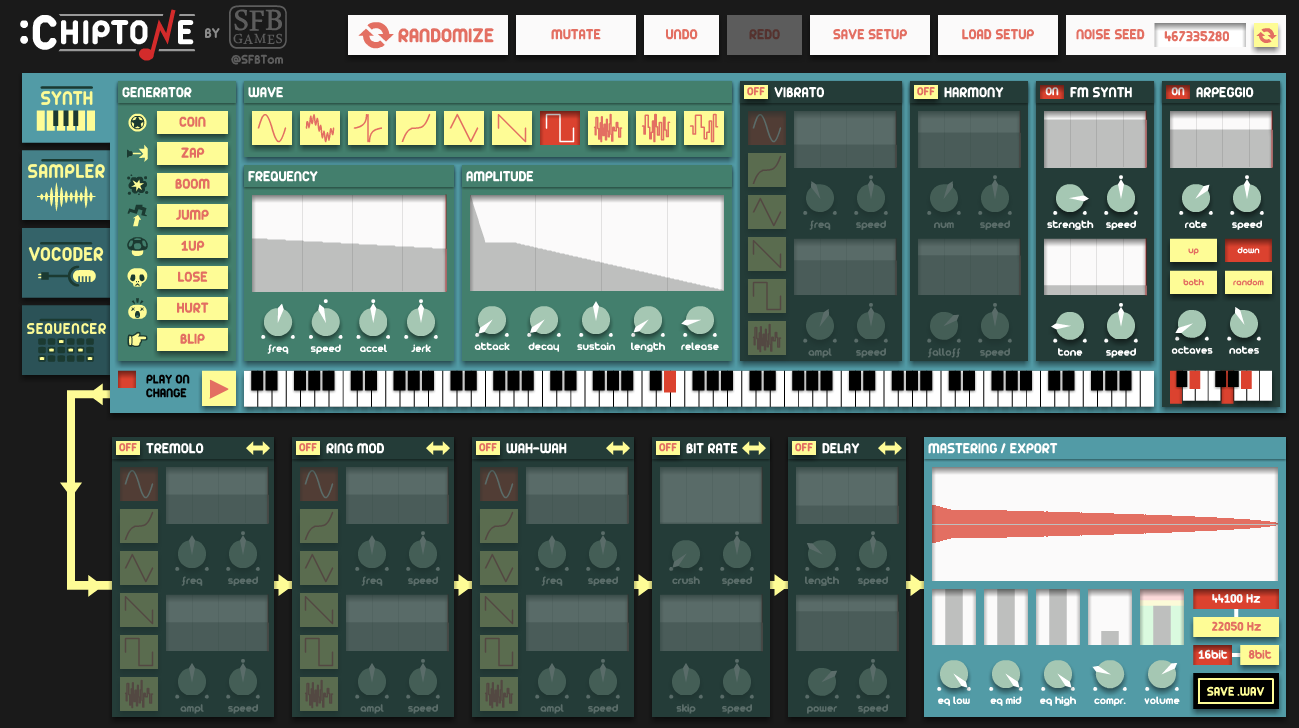I recently overhauled the blueprint sprites for my Unstable prequel, to allow for better resizing and give them more character. Here’s a direct comparison:


So long, pixel art! …Although I have kept the familiar blocky look, by aligning the design to a faux pixel grid. What can I say? I clearly love the simplistic feel.
The new art was done entirely with Inkscape, a long popular vector graphic tool. The great thing about software like that (other than the fact that it’s free) is how easily you can tweak your existing designs to create variants:


But even more useful is how easy you can do simple animations. By setting up pivot points for your different elements (arms, feet, etc.), you can add much more personality to your animations. Here’s another comparison:


With more wiggling of the body and flailing about of the arms, this allows for a lot more fun when animating. And all done with a simple (and free, did I say that yet?) tool like Inkscape. Sure there are great – and far newer – animation tools out there, but sticking with an old classic means you’re guaranteed to find the support if you need it.
This is just a sneak peek for now though! You’ll have to wait for the next demo update to see how much I can get these simple looking blueprints to flail about!

